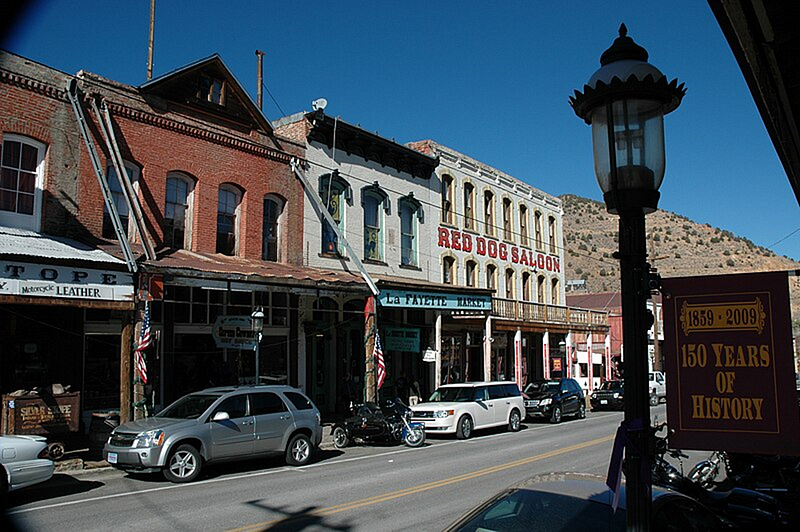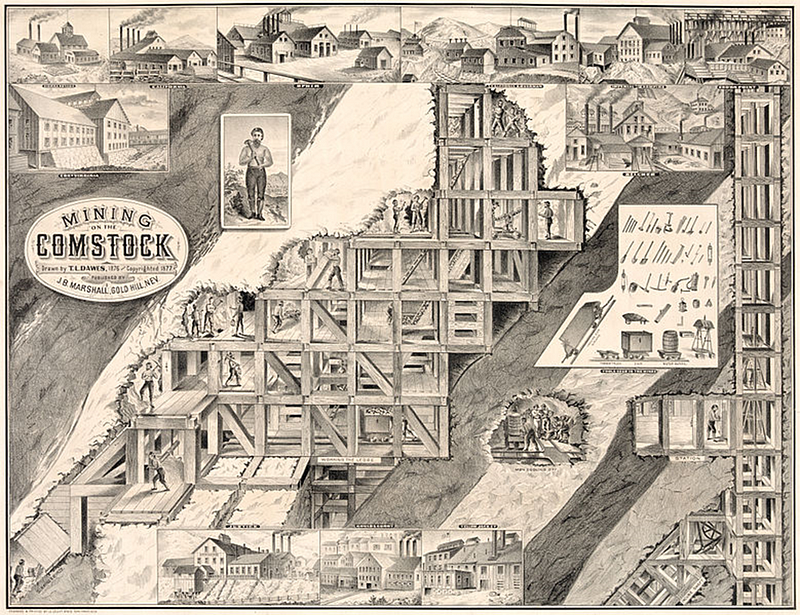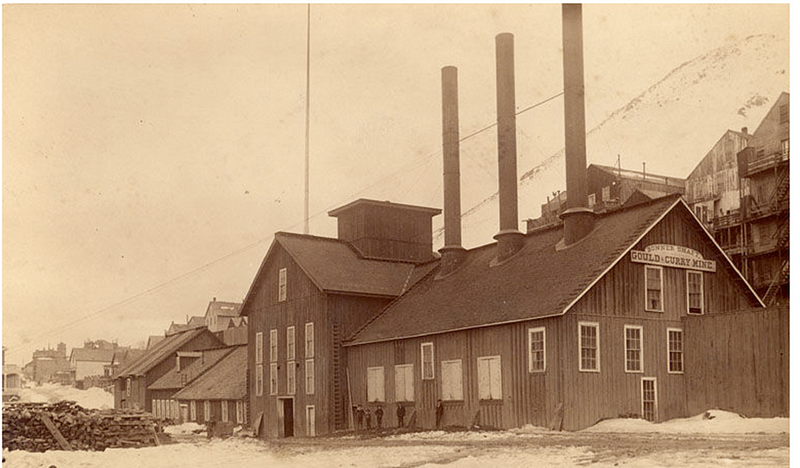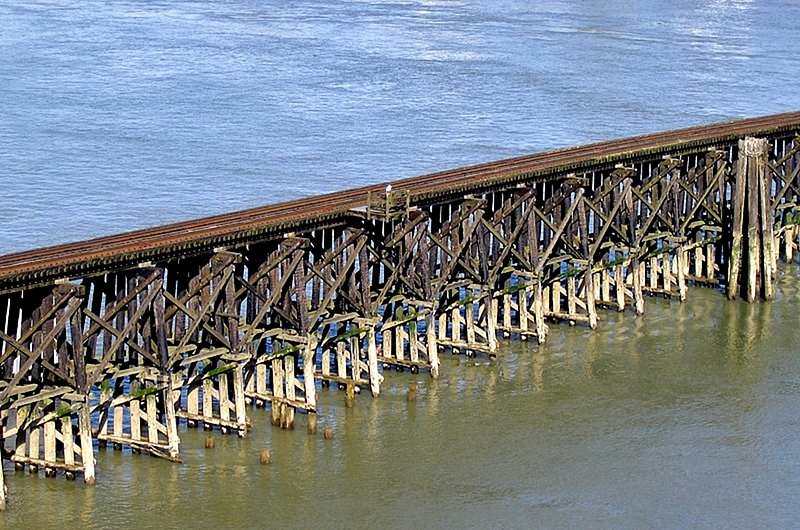Discovering the Virginia and Truckee Railroad: A Historical Journey
Written on
Introduction to the Virginia and Truckee Railroad
Have you ever come across the Virginia and Truckee (V&T) Railroad? If you have, you're likely a train enthusiast like myself. For those unfamiliar, stay with me as I unveil the fascinating history of this railroad.
For railroading aficionados, the V&T is a significant name. Once a bustling commercial freight railroad, it later faced financial difficulties and transformed into a heritage railroad. What does that entail? We will delve into that shortly. As you explore this series, think about what sets this railroad apart. Who can experience a ride on this historic line? And what is the origin of its name?
This series will explore both the V&T railroad and its heritage aspect. We will embark on a journey to uncover what makes it unique. Those interested in railroad history and its contributions to our nation will find this particularly engaging.
Are you eager to learn more about this railroad? Let’s start by noting that the Virginia and Truckee Heritage Railroad operates privately from Virginia City, Nevada. Now, let's delve deeper into the world of heritage railroads and beyond.
Heritage Railroad: An Overview
To begin, let's clarify what a heritage railroad is. Simply put, it operates as a living museum, preserving and recreating scenes from rail transport history. This railroad may utilize old tracks maintained to reflect a historical period.
The V&T heritage railroad runs along tracks owned by both private and public investors, covering 14 miles of track that dates back to the 19th century. If you ever find yourself nearby, visiting this heritage railroad is a must.
The Origins of the V&T Railroad
Did you know that Nevada experienced its own Gold Rush during the California Gold Rush? It certainly did, and this will be a focal point in our series. At its height, the V&T railroad was much more than just a transport system, and we will explore that narrative.
The Virginia and Truckee Railroad provided vital services to the mining communities in the Comstock Lode. During its peak, it connected Reno to Carson City, with branches leading to Minden and Virginia City.

The Purpose of the Railroad
Construction of the line from Virginia City to Carson City began in 1869, primarily to transport ore, lumber, and supplies for the Comstock Lode silver mines. However, by 1950, declining revenues forced the railroad company to cease operations, dismantling much of the track and selling off its remaining equipment.
The 1970s saw a resurgence of interest in historic railroads, leading to public and private funding aimed at restoring the V&T line. The railroad was rebuilt from Virginia City to Gold Hill with contributions from both private entities and public funds.

The Comstock Lode: A Historical Context
In the spring of 1850, gold was discovered in what is now Nevada by Mormon emigrants. By 1858, prospectors had set up camp in Virginia City, where they began to find gold in the hills and canyons surrounding the area.
However, amidst their search for gold, prospectors overlooked the bluish silver ore, which would later prove to be of significant value. This marked the beginning of what would come to be known as the Comstock Lode.
Mills, Mines, and Banking in Virginia City
Numerous mills were constructed along the Carson River to process ore from the Comstock Lode. The Bank of California provided financing to mine and mill owners, leading to extensive operations in the region.
With the bank's control over various mining facilities, key players like William Sharon aimed to optimize the transport of ore between mines and processing sites, further enhancing profitability.

The Flourishing of Virginia City
The Comstock Lode significantly contributed to the growth of Virginia City, which swelled to a population of over 25,000 during its peak, becoming one of the wealthiest towns in the West. However, the high cost of transporting ore to mills and supplies to mines posed considerable challenges, leading to some mines shutting down.
The Virginia and Truckee Railroad played a crucial role in alleviating these costs. Sharon and others proposed building railroads to better serve the area, ultimately resulting in a 21-mile railroad that dramatically reduced transportation expenses.

Work Crews and Construction Milestones
Construction teams tackled the challenging terrain, creating seven tunnels along the route. The process was labor-intensive, taking several months per tunnel, and they built an impressive trestle bridge that soared 85 feet tall and spanned 500 feet across the Crown Point ravine.
In September 1869, the ceremonial first spike was driven into the first rail, marking a pivotal moment in the railroad's development.
Conclusion
This article has introduced the concept of heritage railroads, the origins and purpose of the V&T Railroad, and the historical significance of the Comstock Lode. We've also explored the challenges of transportation in Virginia City and the construction efforts of the railroad.
Stay tuned for the subsequent articles in this five-part series to uncover more about the exciting Virginia & Truckee Heritage Railroad. We invite you to visit and experience this captivating piece of history for yourself.
To learn more about mining strategies, check out the following videos:
The first video titled "Post Halving Strategies For Miners" provides insights into effective strategies for miners post-halving.
The second video, "How To Make The Most Money Mining - Strategy," offers strategies for maximizing profits in mining ventures.
Thank you for taking the time to read this article and for your continued support of my writing endeavors.